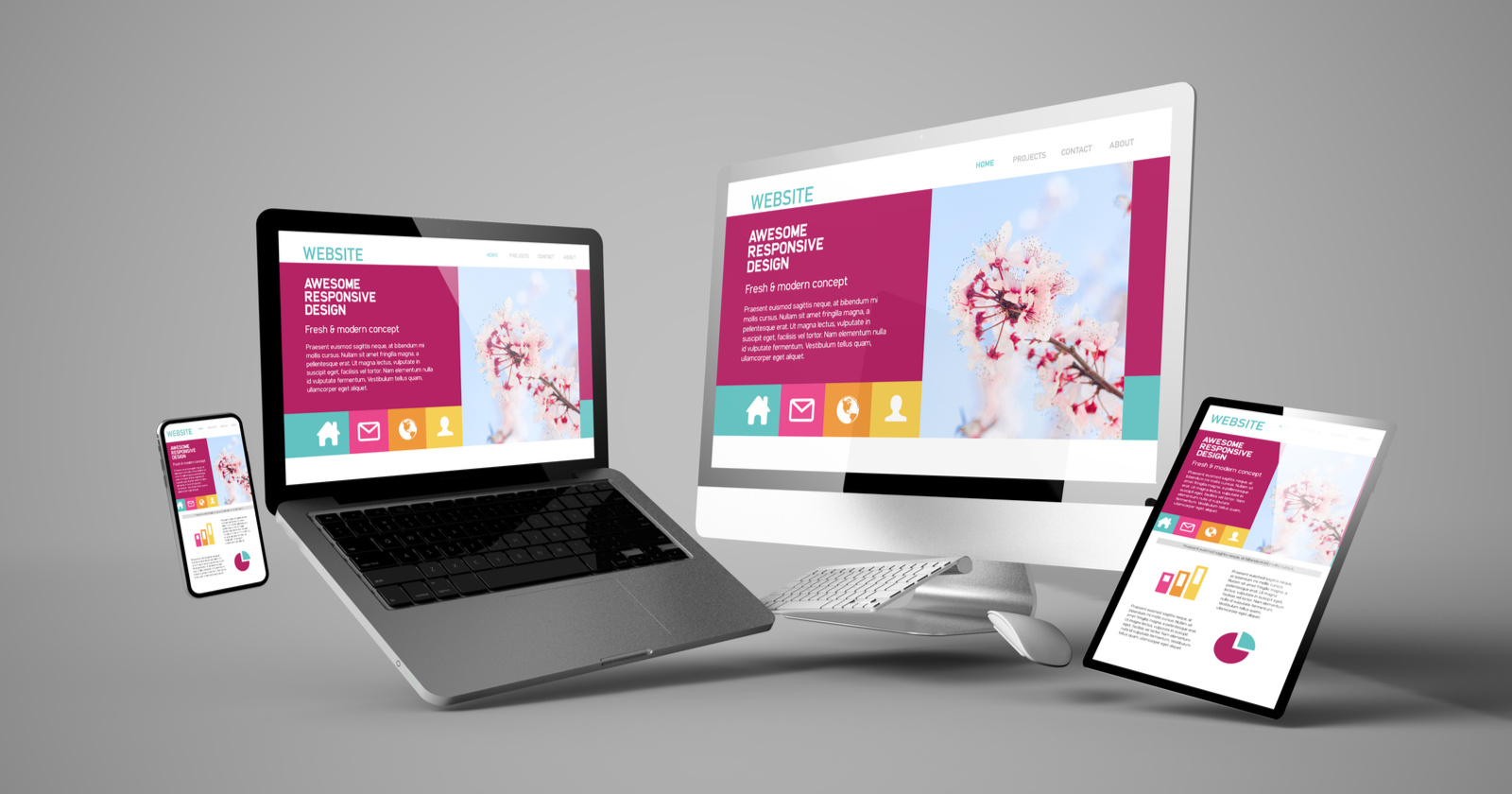Creative Aligned Position Web Design: Cutting-Edge Solutions for Your Website’s Success
Creative Aligned Position Web Design: Cutting-Edge Solutions for Your Website’s Success
Blog Article
The Very Best Kinds Of Website Design to Improve User Experience and Interaction
In the ever-evolving landscape of digital interaction, the effectiveness of website design dramatically impacts customer experience and engagement. Different design techniques, such as minimalist, receptive, and interactive designs, each offer one-of-a-kind advantages that can accommodate varied user requirements. Understanding which sorts of website design ideal serve these goals can be pivotal for organizations aiming to improve consumer satisfaction and retention. Nevertheless, the inquiry stays: which layout components truly resonate with individuals and foster purposeful interaction? The expedition of these concepts discloses vital understandings that may redefine your method to Web style.
Minimalist Website Design
As electronic landscapes become increasingly cluttered, minimalist Web layout has actually become an effective strategy to boosting individual experience. This style viewpoint focuses on simplicity, concentrating on necessary components while getting rid of unneeded interruptions. By utilizing ample white room, uncomplicated navigation, and a restricted color palette, minimal layout promotes clarity and guides individual attention to key web content.
The core concept of minimalist Web design is to create a smooth interaction for users. By lowering cognitive tons, individuals can quickly grasp details without feeling overwhelmed. This straight strategy not just improves use however also urges involvement, as site visitors are more probable to discover a site that is aesthetically appealing and easy to navigate.
In addition, minimal design usually emphasizes typography and imagery, making use of these components purposefully to convey messages properly. This focus on crucial elements can improve brand identity and create a remarkable customer experience. Basically, minimalist website design is not just a trend; it is a thoughtful methodology that acknowledges the relevance of user-centered design. By removing supplementary elements, developers can develop a more appealing, reliable, and satisfying Web experience for all users.
Responsive Web Style
In today's diverse digital setting, responsive website design has ended up being necessary for producing a smooth customer experience throughout a multitude of devices. As users access web sites on smart devices, laptop computers, tablet computers, and desktop computers, the capability of a site to adjust its design and content to different screen dimensions and resolutions is important.
Responsive Web design uses adaptable grids, pictures, and CSS media inquiries to guarantee that Web material exists efficiently, no matter the device used. This approach not just improves the visual appeal of an internet site yet likewise considerably improves use. Customers are most likely to engage with a website that uses a consistent experience, as it eliminates the frustration of needing to zoom in or scroll excessively.
In addition, online search engine, including Google, focus on mobile-friendly web sites in search rankings. By embracing receptive style, services can enhance their visibility and get to a broader target market. This technique additionally simplifies internet site maintenance, as a solitary version of the website can deal with all tools, minimizing the need for several versions. In recap, receptive Web layout is an essential practice that enhances individual experience, involvement, and general contentment.
Interactive Website Design
Receptive website design lays the foundation for boosting user experience, however interactive website design takes this a step additionally by involving customers in an extra dynamic means - Aligned Position Web Design. By integrating elements such as computer animations, clickable prototypes, and real-time feedback, interactive Web design mesmerizes individuals, drawing them into a richer browsing experience
This method not only cultivates engagement but additionally urges customers to check out content proactively as opposed to passively eating it. Techniques such as gamification, where customers make rewards for completing jobs, can significantly enhance the moment spent on a website and improve general satisfaction. In addition, interactive features can simplify intricate information, making it extra digestible and satisfying.

Incorporating interactive layout components can also lead to greater conversion prices, as customers are extra most likely to involve with a website that actively includes them. Aligned Position Web Design. Eventually, interactive Web layout transforms customer experiences into memorable trips, ensuring that visitors return time and once more
Apartment Style
Defined by its minimalistic strategy, level design stresses simpleness and performance, removing unneeded elements and concentrating on vital attributes. This layout philosophy prioritizes use, making certain that customers can navigate user interfaces with ease and efficiency. By employing a tidy visual, level design gets rid of the clutter frequently located in much more elaborate designs, thus boosting user concentrate on content and functionality.
The characteristic of flat layout lies in its use vibrant shades, basic typography, and geometric forms. These aspects add to a YOURURL.com visually attractive interface that is both approachable and contemporary. Furthermore, level style promotes a sense of clearness, permitting users to determine necessary actions and information without interruption.
Furthermore, flat layout is particularly reliable in responsive Web style, as its simpleness equates well throughout various devices and display dimensions. The lack of complex structures and slopes reduces filling times, which is vital for preserving individual interaction. As electronic landscapes remain to progress, level style remains a pertinent selection for creating easy to use internet sites that top article improve total experience. By concentrating on important functions, flat design not only fulfills individual demands but additionally motivates seamless interaction, making it an important component of effective Web style methods.
Adaptive Web Layout
Adaptive Web layout personalizes the individual experience by developing several fixed formats customized to different screen dimensions and gadgets. Unlike responsive design, which fluidly adjusts a solitary design, flexible style employs unique formats for particular breakpoints, ensuring optimal presentation on different systems. This approach allows designers to concentrate on the one-of-a-kind qualities of each tool, boosting functionality by delivering exactly what customers need based upon their context.
Among the key advantages of flexible website design is its ability to optimize lots times and performance. By serving customized content and images that fit the user's gadget, web sites can lessen information use and enhance loading rates. This is specifically helpful for customers with slower links or restricted data plans.

In addition, flexible style assists in a much more constant and controlled branding experience. Since designers check out here develop multiple formats, they can make certain that the visual elements align with the brand's identity throughout various platforms - Aligned Position Web Design. This results in a natural user experience, improving interaction and promoting user retention
Conclusion
Minimal style cultivates clarity and emphasis, while receptive layout ensures versatility across different gadgets, advertising availability. Jointly, these style approaches contribute to the production of straightforward environments that not just enhance contentment but also drive greater conversion prices, highlighting their critical significance in modern Web style techniques.

Minimalist design cultivates clearness and focus, while receptive design makes sure adaptability across different devices, promoting ease of access. Jointly, these design approaches add to the creation of easy to use settings that not just boost satisfaction however additionally drive greater conversion prices, highlighting their vital value in contemporary Web layout methods.
Report this page